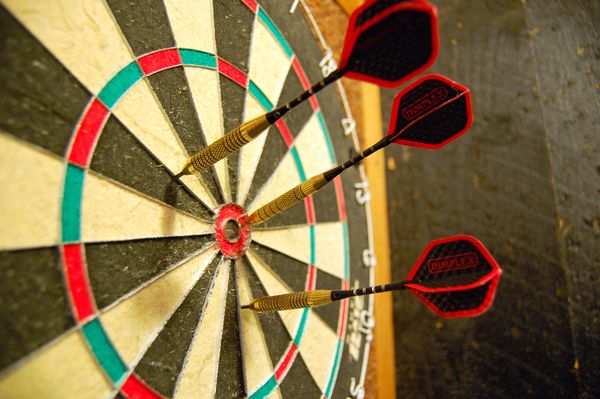If we believe that we are able to do something, we’ll do it. If we believe we cannot do something, we won’t do it. The fact of believing or not influences our results, regardless of the area: sportive, economic, professional, personal, etc. If we repeat an assert a lot of times, we will ultimately believe it, and by carrying it out, we are able to modify our behavior. In other words, we reprogram ourselves. Words believe and belief take a central role and a special interest in regards to our capacity for success. In every case, we must research, recur to introspection and identify which beliefs are limiting us and preventing us from acting the way we’d like to. Beliefs are born and consolidate to produce, afterwards, positive or negative effects. Such beliefs influence our decisions. In fact, a belief is a deeply-rooted conviction.
We should differentiate clearly between beliefs and ideas. An idea is the mental image, devoid of action, which subsequently creates the belief. The belief, in turn, is a deeply-rooted conviction which influences our behavior and is present in our decision-making process. Beliefs stem from ideas, bearing positive or negative nuances. An idea can turn into a positive belief which will help us to personal growth and self-improvement. Our problems start when ideas are limiting, creating limiting beliefs, and dangerously constraining our behavior.
Furthermore, beliefs are affected by a series of events which surround an individual and influence his ideas. These events are: cultural background, job, opinions, accumulated experience, and the circle of influence. On each of these events a person develops her own ideas which will ultimately be reflected on the beliefs she embraces.
The constant search of negative references and the mental repetition of limiting phrases such as “I’ll never make it” lead us to unconsciously adopting negative behaviors. In this context, we are subjugated by the negative suggestions that we repeat to ourselves incessantly. The only way to break free from this constraining spiral is to be aware of our power to change negative approaches. Change has to start right now.
That’s why it’s so important to have and to form positive ideas, in order to let them to turn into deep, automatic positive beliefs. In this way these positive beliefs will influence our behavior, and will lead us to a successful life, full of victories. Hence, the first sentence of this post: If we believe that we are able to do something, we’ll do it. If we believe we cannot do something, we won’t do it.
Exercises
- Repeat 5 times: “I am a positive person, I can achieve my goals and I…” (complete the phrase)
- Identify a negative idea you have. Think about how you could turn it into a positive idea.
- Meditate about your main goals right now. Are they realistic, are they attainable?
- Do you fear failure? Meditate about this: Fearing failure is natural. Everyone fails. The problem is not failure, the problem is to halt after failing. Winners, leaders keep trying, and that’s why they’re are successful and different.




